When it comes to safe sleep, if a parent chooses something known to be risky or unsafe, you can almost guarantee they are doing it out of desperation and sleep deprivation. We would all love to lay our baby safely to sleep in an empty crib and let them snooze for hours, unaided. However, after nine months in a warm, cozy, cramped womb– that’s often not in the cards. This is why many parents turn to co-sleeping, infant swings, or sleeping pods in the hopes of getting a good night of sleep.
Sleeping pods have become extremely popular, and surveys show that as many as 41% of new parents plan to use one. However, the Lullaby Trust and the American Academy of Pediatrics (AAP) have recently issued warnings about their safety. Here’s everything you need to know about sleep pods and how to use them safely in your home.

Sleep expert Lulluaby Trust issues warning on sleeping pod safety
What is a sleeping pod?
Also known as sleep pods, baby nests, baby hammocks, and loungers, they’ve grown in popularity since their introduction to the baby market a few years ago. A sleeping pod has a flat center with raised and padded sides that serve as bumpers to keep the baby cozy and cocooned. They are often placed inside bassinets and cribs (despite warnings) or on beds or floors. Popular brands include DockATot, Luchild, Purflo, and Babymoov.

📷 By @homeforwillow featuring sleeping pod from @kallysleep
How should a sleeping pod be used?
Sleeping pods are best used for playtime, tummy time, diaper changes, and supervised cat naps. They're the perfect place to keep your baby contained and content while you get a couple of chores done. Here are some tips for safe use.
- Place the pod on a safe, flat surface in the same room as you. Don’t leave your child unsupervised.
- Keep their feet as close to the bottom bumper as possible, leaving extra room between their head and the top bumper.
- You can lay them on their stomach for tummy time (with arms out in front of the bumper) or on their back for playtime. Let them have some age-appropriate baby toys once they’re old enough to grasp.
- Avoid using sleep pods at night. Leaving your baby asleep and unsupervised for long periods may be unsafe due to overheating and/or the risk of suffocation due to the soft and padded bumpers.

Use sleep pods for play and tummy time. Avoid use for overnight sleep.
Recent Lullaby Trust Warnings
The Lullaby Trust is a British charitable organization that funds research and raises awareness about SIDS. They offer guidelines on safe sleep practices and baby sleeping products. Since 1971, through a partnership with the Department of Health, the Lullaby Trust has become a leading authority on SIDS.
In 2018 and again in 2019, the organization raised some safety concerns due to the growing popularity of sleeping nests. As a precaution against risk, the Lullaby Trust advises against using nests, pods, and hammocks for infant sleep because they are not flat and firm. However, a direct correlation between sleeping pods and SIDS has not been confirmed, and some people feel that more research and studies are needed.
Experts believe that using pods can increase the risk of SIDS, particularly if the baby rolls over onto their stomach or buries their face into a side bumper. SIDS guidelines from theLullaby Trust and the AAP remain clear: your baby should sleep on their back on firm and flat surfaces such as a bassinet or crib with no bumpers or loose blankets.

Your baby should always sleep on their back on firm and flat surfaces
Risks Associated with Sleeping Pods & How to Avoid Them
Warnings have been issued from the FDA, AAP, and Lullaby Trust concerning the risks associated with infants sleeping in baby pods, particularly throughout the night. It follows their advice to discourage babies from sleeping on padded or soft surfaces.
While many nursery products are marketed as having breathable sides, there’s no evidence that using “breathable” materials reduces the risk of SIDS. Although this information may cause you to feel a little panicked, rest assured that there are ways to safely use sleeping pods!
Allowing your baby to sleep in a baby nest can include the following risks:
-
The baby rolling and becomes trapped when the sleep pod is placed in a crib or bassinet
-
The possibility that the padded sides may cause overheating due to the proximity to the baby’s head (overheating is linked to SIDS)
-
Small shops and companies selling their own version of pods, which may be less safe
-
The baby pressing their face and nose against the padded sides and suffocating

Use sleep pods for tummy time, supervised naps, and playtime
To avoid these risks:
-
Use baby pods for playtime, tummy time, and supervised naps during the day
-
Avoid using them at night when you are also sleeping and therefore less aware
Of course, all parents must make the best choice for their family and weigh the risks, pros, and cons of any sleeping arrangement. You can read more about sleep safety for babies and why co-sleeping was best for our family in our previous articles.
Can my baby safely sleep in a sleeping pod?
There are ways to make napping in a sleep pod as safe as possible. Keep in mind that experts do not recommend using them for nighttime sleep.
If your child is napping in a nest:
-
Make sure the baby nest you choose has a firm base and a waterproof cover. Mattresses can breed bacteria, increasing therisk of illness (particularly upper-respiratory infections), which may increase the risk of SIDS. A waterproof mattress or cover helps cut down on bacteria growth.
-
Stay nearby, in the same room, for the duration of the nap.
-
Check on them frequently to ensure they don’t roll, overheat, or have their face close to the sides.
-
Make sure you lay them on their back with their feet near the bottom of the pod.
-
There should be no loose bedding, blankets, or toys in the pod.
-
Do not use a secondhand pod, as secondhand sleeping surfaces are tied to an increased risk of SIDS, though experts aren’t sure why.

Make sure the baby nest you choose has a firm base and a waterproof cover
Can my baby safely play in a sleeping pod?
Absolutely! Baby nests are an excellent resource for tummy time– simply prop them up on the front bumper with their arms out in front of them. This way, they learn how to bear weight on their arms, hold up their heads, and reach for toys in front of them. Many babies dislike tummy time on a flat and hard surface.
You can easily carry the pod from room to room as a safe place to keep the baby contained, whether you lay it on your bed, the couch, or the floor. Make sure the baby can’t be stepped on by pets or siblings, and once they start to roll, avoid raised surfaces. You can find sleeping pods in small and large sizes for use from birth to toddlerhood.
What are the alternatives to sleeping pods?
According to the AAP, the safest place for your baby is a crib or bassinet in the same room as you. Lay them to sleep on their back, on a firm mattress with a fitted sheet and no loose blankets.

Swaddling helps baby feel warm and comfy
When creating the ideal baby sleeping space, try swaddling before laying them down. Check out our breathable muslin swaddle blankets, which will not only keep them warm but mimic the coziness of the womb—similar to a sleeping pod.
If using a crib or bassinet results in little to no sleep, a safer choice than a pod is a sidecar co-sleeper that attaches to your bed. Co-sleepers are recommended as a realistic compromise by trusted pediatricians.
Do sleeping pods have to meet safety standards?
The Consumer Product Safety Commission (CPSC) does not currently regulate infant sleep products (including nests, docks, pods, and loungers). However, beginning in mid-2022, the CPSC will begin regulating these products for safety, and they will have to meet a federal safety standard in the U.S. moving forward. There are no British or European safety standards for sleeping pods and similar products.

Sidecar co-sleeper is a great alternative to sleep pods
Do your best to use your sleep pod for supervised playtime, tummy time, and cat naps. When your child does sleep in a pod, keep them nearby and check on them regularly. And remember— one day, they’ll sleep through the night, and this will all be a distant, foggy memory!
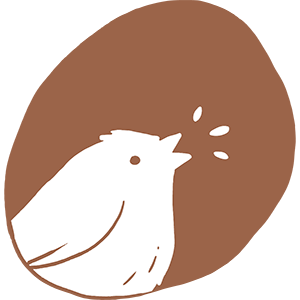

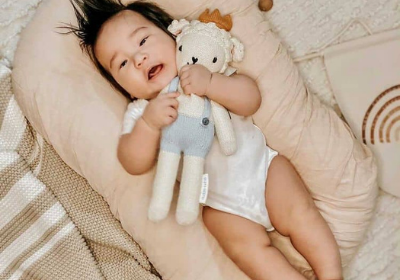
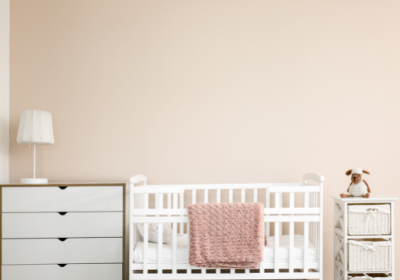
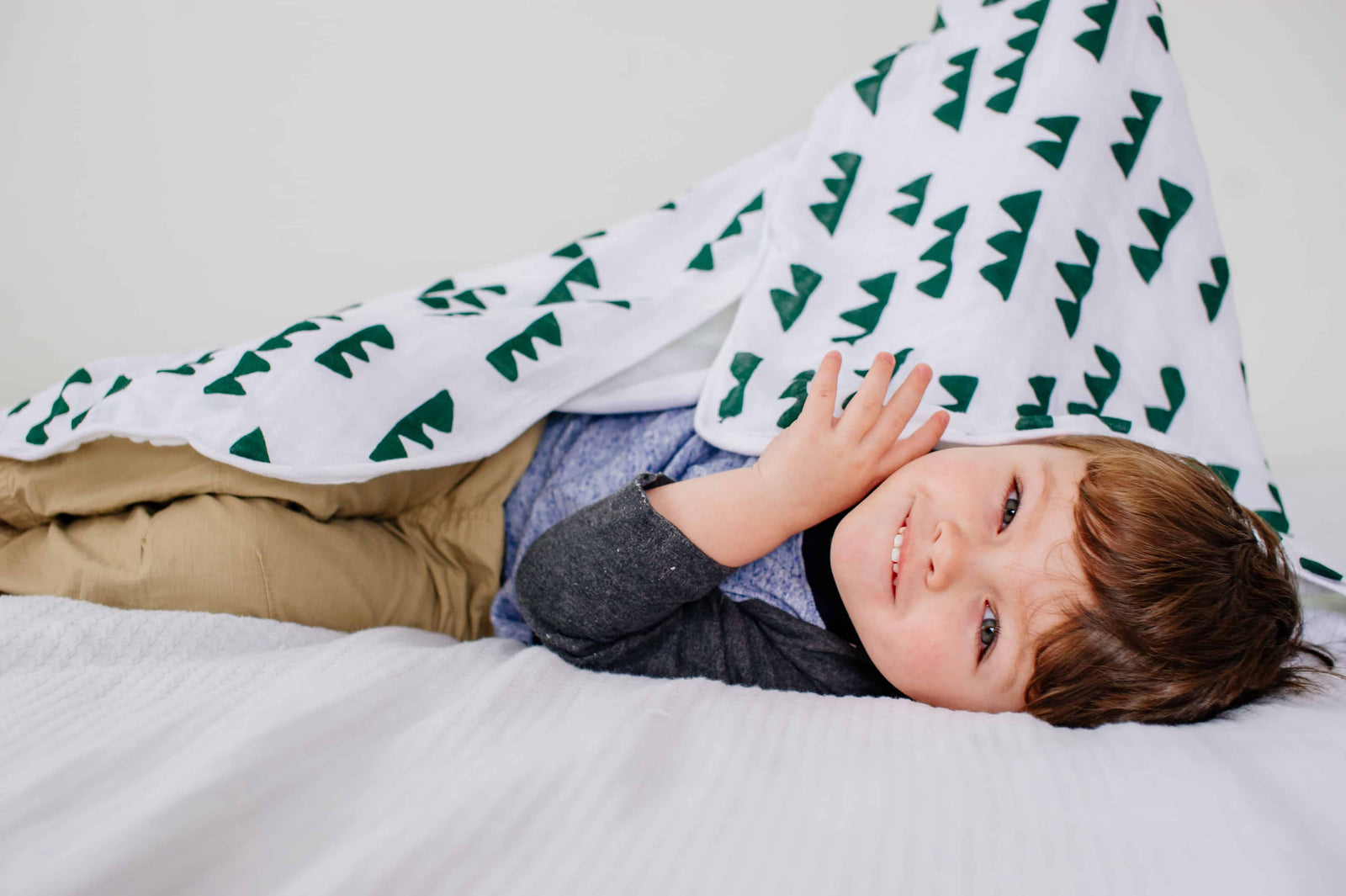
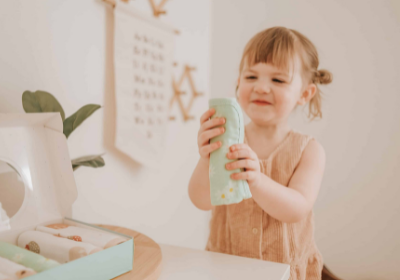
Leave a comment (all fields required)